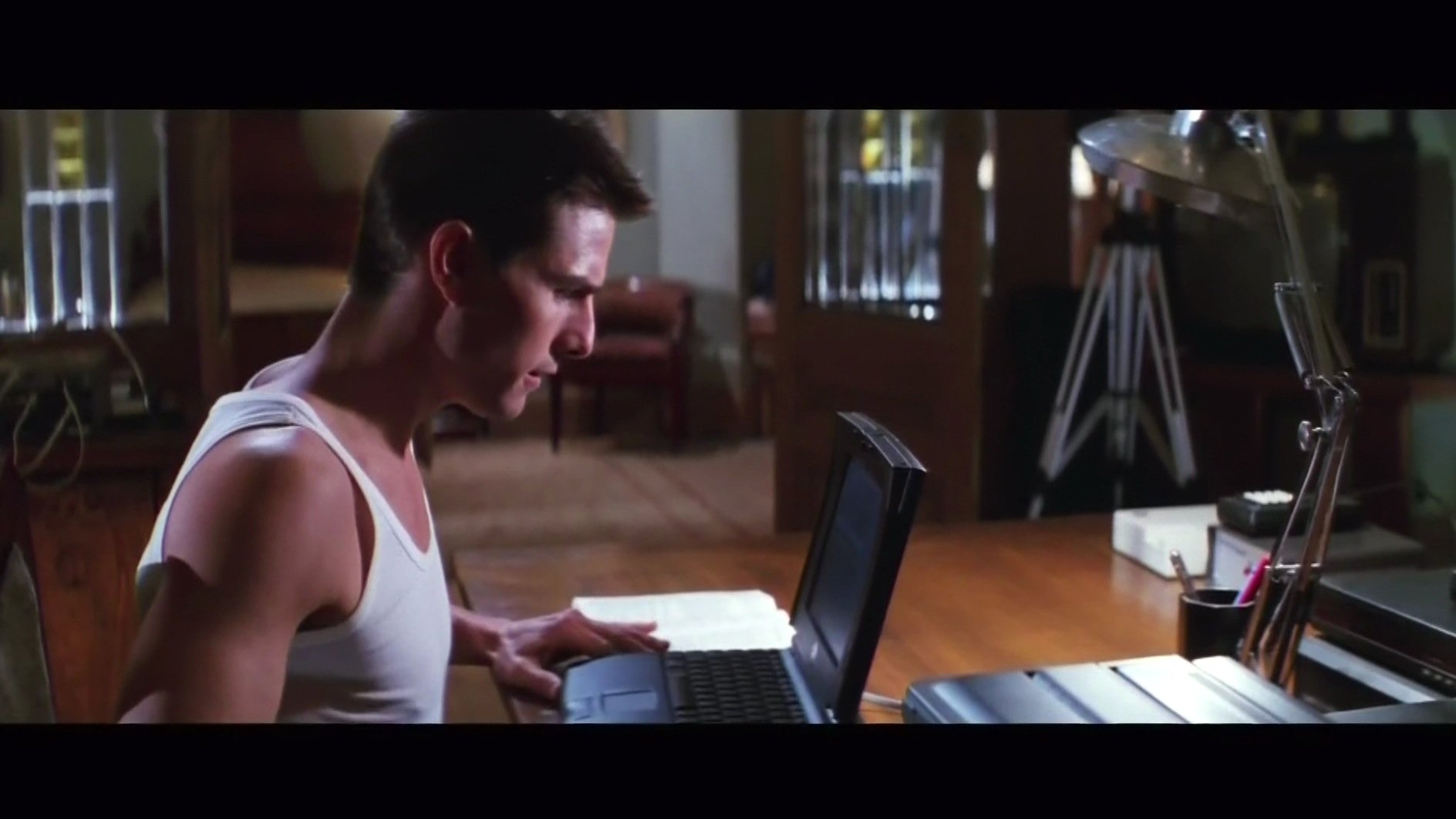Jon Holtzman said there was internal fighting at Apple over his idea to do a promotional tie-in with 'Mission Impossible.'
Back in 1996, Apple was in trouble – far worse than the public even knew. So when Jon Holtzman pitched management on a sweeping promotional tie-in with the new movie “Mission Impossible,” some executives scoffed.
“It was a big fight internally,” said Holtzman, a marketing Director at the time. “There were those who said, ‘Why would you want to have anything to do with a movie called “Mission: Impossible” when we were struggling?’ To me, I thought it was perfect because the ‘Mission: Impossible’ guys always succeeded in the end.”
As did Holtzman, who prevailed with the support of marketing executive Satjiv Chahil and others. For several years prior, Holtzman had been laying the groundwork for getting Apple’s products into movies and TV shows, building up a Rolodex of set designers and prop masters and securing an inventory of products that could be delivered to them in short order (read more in the story Andy Fixmer and I did this week in Bloomberg Businessweek).
The strategy started to work, to the point that when Apple executives hesitated to embrace his proposals, he would half-jokingly tell them that “you may only have 10 percent market share in the real world, but I have 90 percent market share on the silver screen.”
The promotion in “Mission: Impossible” solidified Apple’s leadership in the not-always-so-subtle art of product placement. In exchange for a leading role for its PowerBook laptop in the movie, Apple agreed to heavily promote the film in its TV ads and to create an online “Mission: Impossible. The Web Adventure,’” where fans could click around virtual locations for clues to a spy mystery using Apple’s then-edgy Quicktime VR.
Ever since, rumors have circulated that Apple paid at least $5 million for the PowerBook’s starring role. Part of the reason for the speculation was the fact that Cruise allowed his carefully-guarded visage to be used in the ads.
Holtzman insists that’s not the case, and that the $5 million was the amount it planned to spend on a new ad.
“Please kill that rumor,” he said.
But Cruise’s image almost didn’t appear in the ads. As the premiere for “Mission: Impossible” approached, Cruise asked to see the promotional materials that had been created. Sitting in the star’s van on the set of “Jerry Maguire” along with a Paramount Pictures executive, Cruise asked why he wasn’t shown in one of Apple’s posters for the movie. The answer was that the studio’s rules forbade it, for fear Cruise’s image would be pirated online.
Holtzman, stealing a glance at the Paramount executive, told Cruise, “You want it to be you? It’s you.” A few months after the film came out, Holtzman left Apple to start product placement firm Eclipse Worldwide, whose clients include Polycom, Jawbone and Symantec. He quickly learned that wooing producers and prop masters was a lot tougher when you weren’t from Apple.
“I quickly learned just how easy my day job had been,” he said. “The Apple brand is so cool that people want to be associated with it. You didn’t even have to tell anyone about the latest products, because they already knew about them. It really wasn’t a sales job.”
Placing most companies’ products definitely is a sales job, especially if you’re trying to go up against Apple. But he does see some signs of a backlash to Apple’s huge popularity in Hollywood.
“There’s a small number of producers who absolutely will not use Apple products,” he said. With its massive market share among the glitterati and huge cash hoard, “the feeling is that ‘there’s absolutely no way I’m going to give that company more free publicity.’”
--By Peter Burrows

